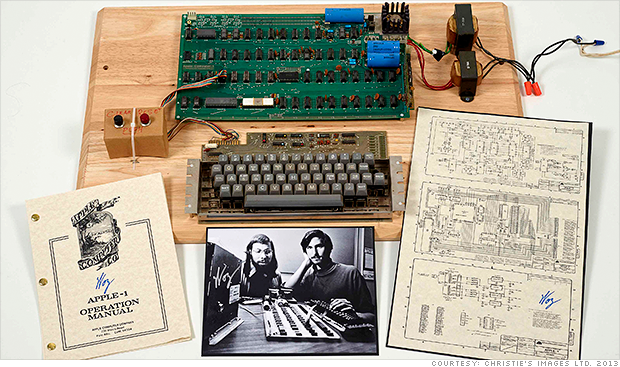The figure was better than the $518m loss for the same period last year, but much worse than analysts' forecasts.
The company, based in Ontario, Canada, also said it would post an operating loss for the next quarter running to September.
Blackberry shares closed down 28% in New York.
Shipments of new smartphones increased, but Blackberry, which used to be called Research In Motion, did not release how many new handsets running the BB10 operating system were sold in the quarter.
He added that the group would be increasing investments to support the roll-out of new products and services over the next three quarters.
'Doesn't bode well' Revenue rose to $3.1bn in the quarter from $2.8bn a year earlier.
Analysts had been particularly keen to see the numbers for the new Z10 handset, as it was the first full quarter that the model had been on sale in the United States.
Blackberry launched two all-new smartphones this year, the touchscreen Z10 device, followed by the Q10, with a mini keyboard favoured by many Blackberry users.
Blackberry said that it had shipped 6.8 million phones overall in its first quarter versus 7.8 million in the same three-month period last year.
"It doesn't bode well for the initial Blackberry 10 launch, particularly the Z10. But even the outlook for a second-quarter loss doesn't bode well for the Q10 either," said Brian Colello, an analyst with Morningstar.
Blackberry has been battling stiff competition in the smartphone sector, and has struggled to compete with the likes of Apple and Samsung.
Daniel Ernst from Hudson Square Research said the company fell between two camps.
"They're not the high-end provider any more, they're not Apple. They're not the low-end provider, they're not Nokia. So they are in the middle and they do relatively low volumes," he said.
"It's difficult to make great margins on that kind of volume, so I would say the outlook is quite negative."
The company, based in Ontario, Canada, also said it would post an operating loss for the next quarter running to September.
Blackberry shares closed down 28% in New York.
Shipments of new smartphones increased, but Blackberry, which used to be called Research In Motion, did not release how many new handsets running the BB10 operating system were sold in the quarter.
Chief executive Thorstein Heins said the
company was continuing to focus on the global roll-out of BB10 and was
confident it would be a hit with customers.
"We are still in the early stages of this launch, but
already, the Blackberry 10 platform and Blackberry Enterprise Service 10
are proving themselves to customers to be very secure, flexible and
dynamic mobile computing solutions," he said in a statement.He added that the group would be increasing investments to support the roll-out of new products and services over the next three quarters.
'Doesn't bode well' Revenue rose to $3.1bn in the quarter from $2.8bn a year earlier.
Analysts had been particularly keen to see the numbers for the new Z10 handset, as it was the first full quarter that the model had been on sale in the United States.
Blackberry launched two all-new smartphones this year, the touchscreen Z10 device, followed by the Q10, with a mini keyboard favoured by many Blackberry users.
Blackberry said that it had shipped 6.8 million phones overall in its first quarter versus 7.8 million in the same three-month period last year.
"It doesn't bode well for the initial Blackberry 10 launch, particularly the Z10. But even the outlook for a second-quarter loss doesn't bode well for the Q10 either," said Brian Colello, an analyst with Morningstar.
Blackberry has been battling stiff competition in the smartphone sector, and has struggled to compete with the likes of Apple and Samsung.
Daniel Ernst from Hudson Square Research said the company fell between two camps.
"They're not the high-end provider any more, they're not Apple. They're not the low-end provider, they're not Nokia. So they are in the middle and they do relatively low volumes," he said.
"It's difficult to make great margins on that kind of volume, so I would say the outlook is quite negative."

 An original Apple 1 computer is up for auction at Christie's until July 9.
An original Apple 1 computer is up for auction at Christie's until July 9.



